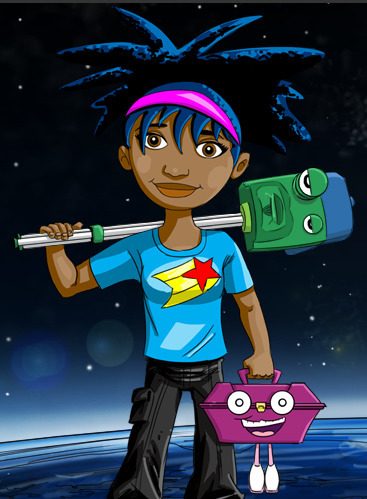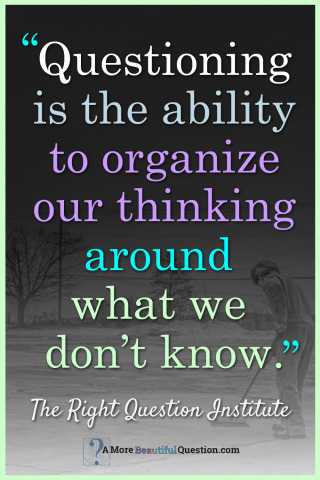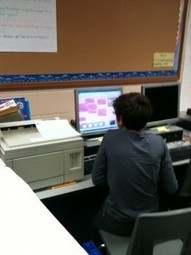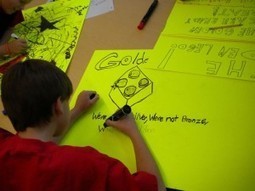Mosa Mack Science Detective exposes students to the thrill of learning while teaching critical and scientific thinking skills.
|
|
Scooped by Beth Dichter |
Mosa Mack: Science Detective is a new site that has launched their first science mystery for students in Grades 4 - 8 (although they note students as young as 2nd graders have tested it as have students in high school).
The first mystery, A Growling Stomach, is just over six minutes in length. In addition to the video you will find resources for Band A (Grades 4 and 5) and Band B (Grades 6, 7 and 8). The resources include:
* Class Discussion Guide
* Small Group Discussion Guide/Individual Worksheet
* Vocabulary Cards
* Standards Alignment to Next Generation Science Standards and Common Core Standards
There are also resources for the teacher including:
* Time Codes/Answer Sheets
* Background Information
* FAQ
This is the only video at this point, but they do state that they plan on having more available, with a goal of having "dozens of animated science mysteries" within a few years.
This is inquiry based science where students are asked to use problem-solving techniques. Check out the first video and hope that more show up soon.



 Your new post is loading...
Your new post is loading...



























You as a teacher or your students can learn science with these ICT . You only need to create your account. Try it !!